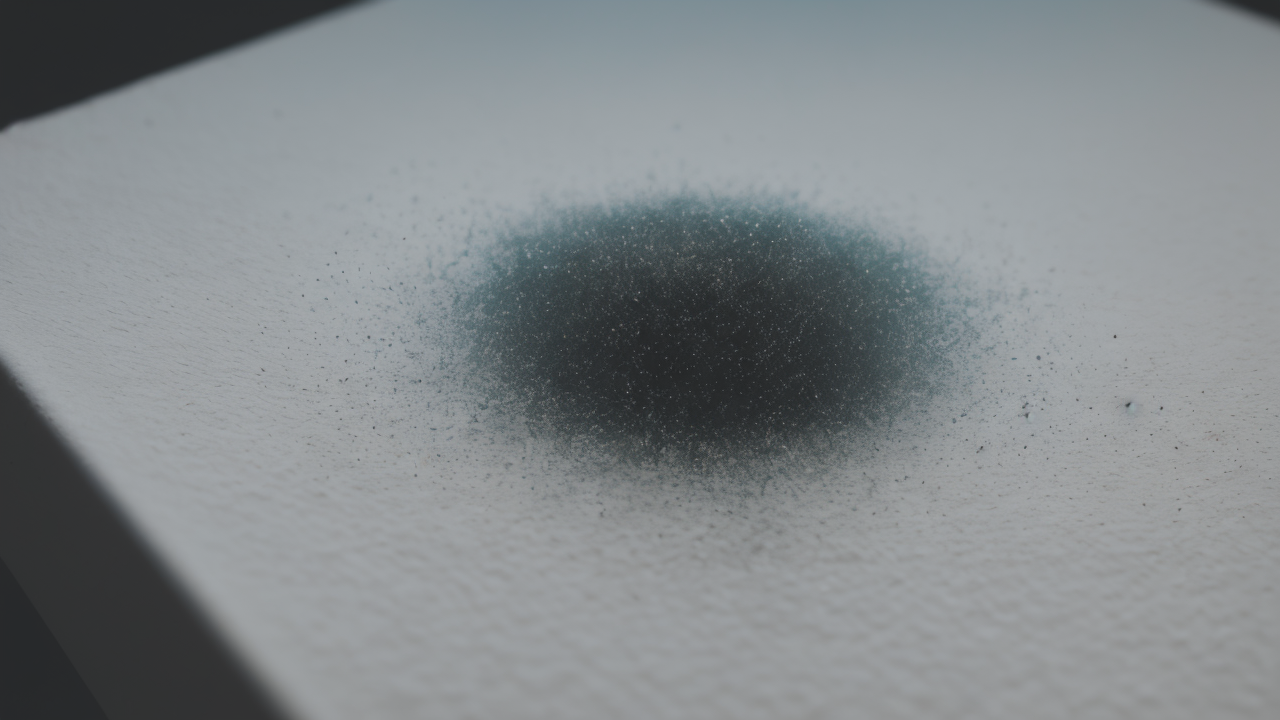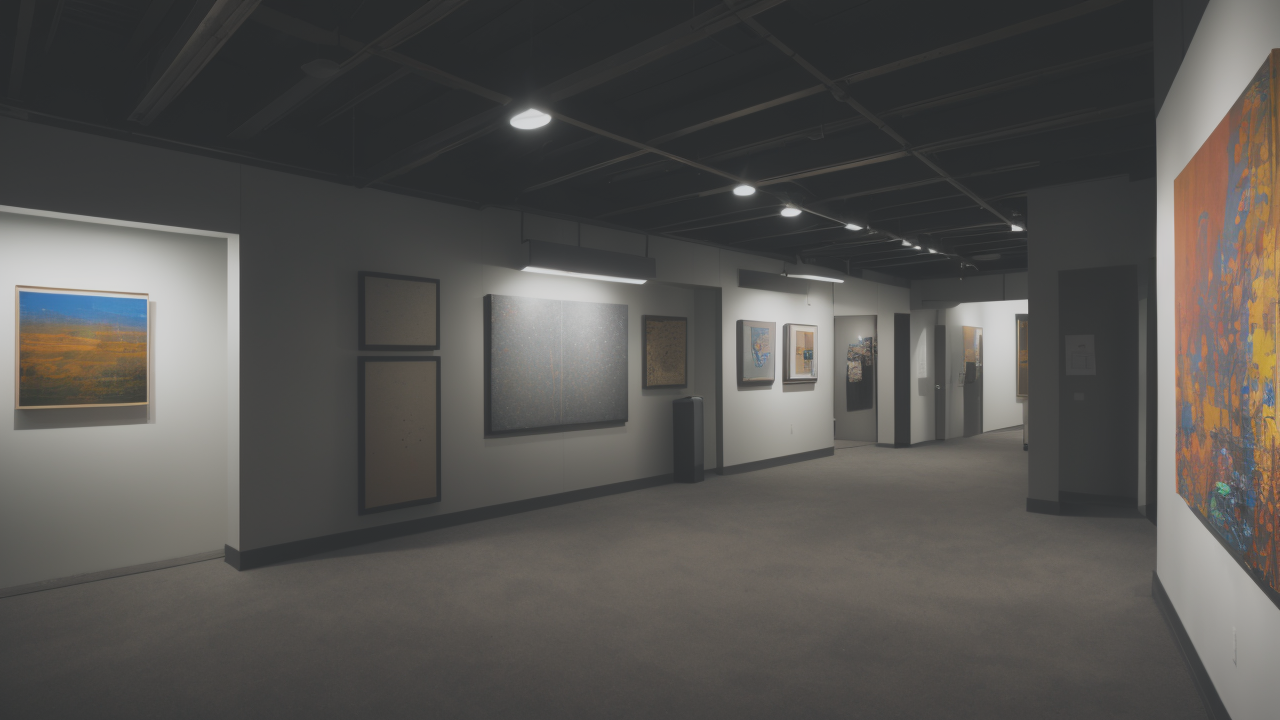
Minimalist Drawings: Techniques and Inspirations for Creating Powerful Simplicity
The Essence of Wabisabi: An Introductory Guide to its Aesthetic Appeal
What is Wabisabi and Its Significance in Art
Wabisabi is a Japanese aesthetic that finds beauty in imperfection. It values simplicity and the natural aging process. In art, wabisabi embraces:

- Asymmetry
- Roughness
- Incompleteness
- Natural materials
Wabisabi art often appears:
- Weathered
- Rustic
- Handcrafted
- Organic
This concept challenges traditional Western ideas of beauty. It asks us to see charm in flaws and impermanence. Wabisabi art can be:
- Subtle
- Understated
- Intimate
- Thought-provoking
Artists use wabisabi to create depth and authenticity. It adds a sense of history and character to their work. Wabisabi encourages viewers to slow down and observe closely. It invites us to find beauty in unexpected places.
Understanding the Wabisabi Art Movement
The wabisabi art movement gained popularity in the West during the late 20th century. It emerged from traditional Japanese aesthetics. Key features of wabisabi art include:
- Minimalism
- Natural textures
- Earthy colors
- Visible imperfections
Wabisabi artists often work with:
- Ceramics
- Wood
- Textiles
- Mixed media
They use techniques that highlight the material's natural qualities. These may include:
- Rough surfaces
- Uneven glazes
- Visible brush strokes
- Intentional cracks or breaks
The movement values the process of creation as much as the final product. It celebrates the marks of time and use. Wabisabi art often evokes a sense of calm and reflection. It encourages an appreciation for the beauty of everyday objects.
The Role of Wabisabi in Modern Colorful Abstract Painting
Wabisabi has found a unique place in modern colorful abstract painting. It adds depth and nuance to vibrant works. Artists combine bright hues with wabisabi elements to create:
- Visual contrast
- Emotional complexity
- Textural interest
In colorful abstracts, wabisabi might appear as:
- Uneven color application
- Exposed canvas or underpainting
- Scratches or marks in the paint surface
- Muted areas among bright colors
These elements balance the boldness of vivid colors. They add a sense of history or wear to fresh paint. Wabisabi in colorful abstracts can:
- Soften harsh color transitions
- Create focal points through imperfection
- Add a human touch to geometric designs
- Evoke a sense of time passing
Artists use wabisabi to make their abstract works more approachable. It adds layers of meaning to simple color compositions. The result is art that is both visually striking and emotionally rich.
Colorful Expressions: How Wabisabi Influences Contemporary Artists
Case Studies: American Artists Inspired by Wabisabi
Several American artists have embraced wabisabi in their colorful abstract works. Let's explore a few:

- Sarah Thompson
- Creates large-scale mixed media paintings
- Uses bright acrylics with intentional drips and texture
- Incorporates found objects and natural materials
- David Lee
- Specializes in abstract landscape photography
- Captures vibrant scenes with imperfect focus or composition
- Embraces natural light flares and unexpected reflections
- Maria Rodriguez
- Works with digital art and traditional printmaking
- Combines perfect digital elements with handmade paper textures
- Explores the concept of digital glitches in her prints
These artists blend American boldness with Japanese subtlety. They create works that are:
- Visually striking
- Emotionally evocative
- Rich in texture and depth
Their art shows how wabisabi can enhance, not diminish, vibrant color palettes. It adds a layer of complexity to their work.
The Influence of Wabisabi on Color Theory and Aesthetics
Wabisabi has inspired new approaches to color in abstract art. It challenges traditional color theory by:
- Embracing unexpected color combinations
- Valuing subtle variations over stark contrasts
- Incorporating earthy tones into bright palettes
Artists influenced by wabisabi might:
- Use muted versions of primary colors
- Layer transparent hues to create depth
- Allow colors to blend and bleed into each other
This approach results in more nuanced color compositions. It moves away from flat, uniform color fields. Instead, it creates rich, multidimensional surfaces.
Wabisabi aesthetics also encourage:
- Appreciation of color aging and fading
- Use of natural pigments and dyes
- Exploration of color's emotional impact
By embracing imperfection, artists find new ways to express color's beauty and power. They create works that feel both fresh and timeless.
Integrating Wabisabi with Traditional Art Techniques
Artists are finding innovative ways to blend wabisabi with traditional techniques. This fusion creates unique, compelling works. Some methods include:
- Applying wabisabi principles to classical oil painting
- Incorporating imperfect elements into precise geometric abstractions
- Using traditional materials in unconventional ways
Examples of this integration:
- Watercolor washes over intentionally cracked gesso
- Impasto techniques with visible canvas texture
- Collage elements in otherwise "perfect" color field paintings
These approaches add depth and interest to familiar styles. They challenge viewers to reconsider their expectations of art.
Artists also explore:
- Ancient pigment-making techniques
- Traditional Japanese paper-making
- Natural dyeing processes
By combining old and new, they create art that feels both timeless and contemporary. It honors artistic traditions while pushing boundaries.
Beyond the Surface: The Emotional Impact of Wabisabi Art
The Psychology Behind Wabisabi's Popularity
Wabisabi's growing popularity in colorful abstract art reflects deeper psychological needs. It resonates with viewers because it:

- Offers relief from perfectionism
- Encourages mindfulness and presence
- Promotes acceptance of change and aging
In a fast-paced, digital world, wabisabi art provides:
- A sense of authenticity
- Connection to natural processes
- Appreciation for handmade objects
Psychologically, wabisabi art can:
- Reduce stress and anxiety
- Increase feelings of contentment
- Foster a deeper appreciation for life's simple moments
Its emphasis on imperfection aligns with mental health trends. These focus on self-acceptance and embracing vulnerability. Wabisabi art reminds us that beauty exists in the flaws and the fleeting.
Wabisabi Art in Home Decor and Commercial Spaces
Wabisabi-inspired colorful abstract art is gaining popularity in interior design. It adds warmth and character to various spaces:
- Homes
- Offices
- Hotels
- Restaurants
In home decor, these pieces:
- Create focal points in minimalist rooms
- Add texture to neutral color schemes
- Bring a sense of calm to busy areas
Commercial spaces use wabisabi art to:
- Enhance brand identity
- Create welcoming atmospheres
- Stimulate creativity and productivity
Designers often pair wabisabi art with:
- Natural materials like wood and stone
- Handcrafted furniture
- Plants and organic elements
This combination creates balanced, harmonious environments. It appeals to those seeking both beauty and comfort in their surroundings. Wabisabi art helps create spaces that feel lived-in and authentic.
The Future of Wabisabi Art in the United States Colorful Art Scene
The future looks bright for wabisabi in the U.S. colorful art scene. We can expect to see:
- More artists exploring wabisabi principles
- Increased demand for wabisabi-inspired works
- New techniques merging technology with wabisabi aesthetics
Emerging trends include:
- Digital art with wabisabi elements
- Virtual reality experiences inspired by wabisabi
- Sustainable art practices aligned with wabisabi philosophy
Art schools are starting to incorporate wabisabi concepts into their curricula. This will shape the next generation of artists.
We may also see:
- Wabisabi-themed art festivals and exhibitions
- Collaborations between American and Japanese artists
- Growing interest in wabisabi art therapy
As the art world continues to evolve, wabisabi offers a timeless yet fresh perspective. It reminds us to find beauty in life's imperfections and embrace the ever-changing nature of existence.


